The furniture and machines that enrich our daily lives—what was essential in assembling them?
Yes, screws.
It's no exaggeration to say they have greatly contributed to the advancement of humanity.
With the recent DIY boom, more and more people are likely saying, "I bought new furniture or appliances to improve my time at home!"
Even those who don't usually work with such things may now find themselves handling machines more often. So, in this blog, we'll be focusing on these wonderful screws.
~ Types of Screws ~
It’s easy to just say “screws,” but if you take a closer look, you’ll notice that the heads come in different shapes.
Each one has its own name, and along with those names, I’ll introduce their specific uses.
■ Pan Head Screw
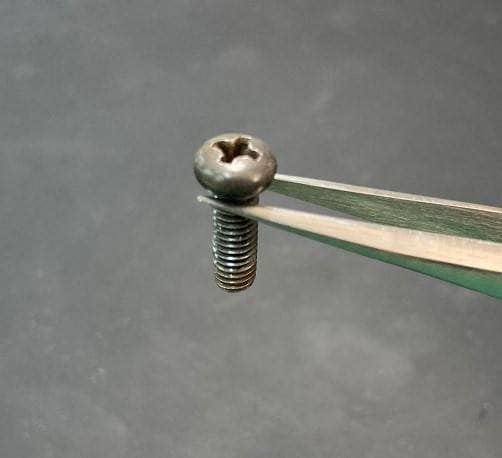
A screw with a rounded head is called a pan head screw. It's like an all-rounder that can be used for just about anything. This is the most commonly seen and frequently used screw. When it comes to standard applications, this is the go-to screw.
■ Flat Head Screw
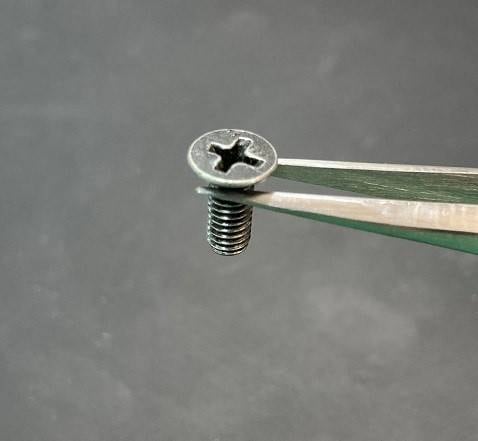
This screw has a flat, countersunk head. When viewed from the side, the head appears flat, but by shaping the area where it's fastened to match this head, the screw sits flush with the surface, without protruding. It's often used in places where parts overlap or where there are moving parts above the screw, making it a "hidden screw." For example, it’s commonly used in door hinges.
■ Truss Head Screw
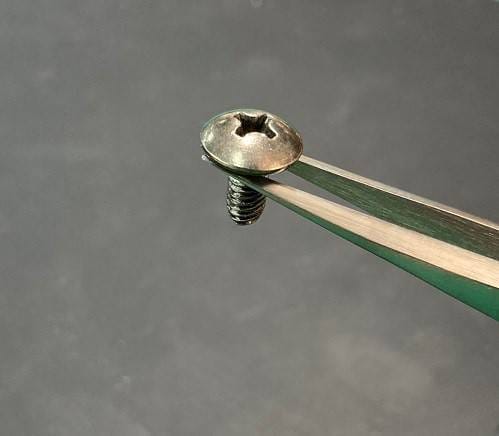
This type of screw is called a truss head screw. The head is more gently rounded compared to a pan head screw, allowing it to create a sleek appearance even with materials that aren’t thick enough to fully countersink the screw head. This design also minimizes snagging. I frequently use this type of screw when repairing lighting equipment, as the parts are often thin and require this type of screw.
■ Binder Head Screw
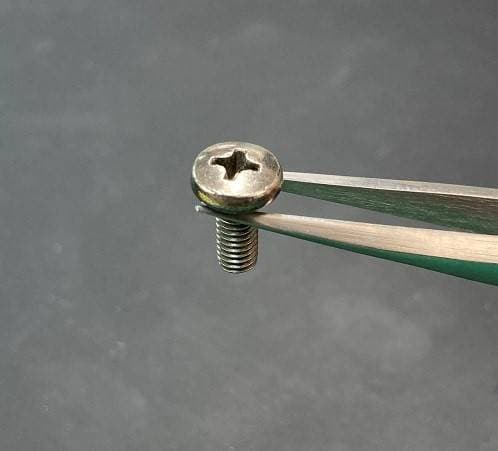
A binder head screw has a slightly wider head diameter compared to a pan head screw. It’s often used with softer materials. Essentially, you can think of it as a middle ground between a pan head screw and a truss head screw.
■ Pan Washer Head Screw
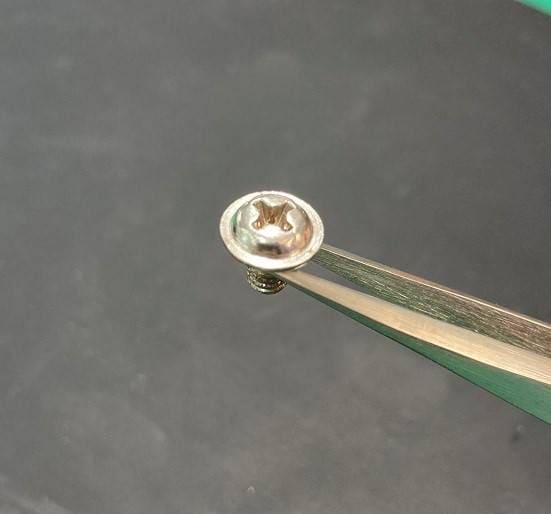
This screw has a shape where the pan head and washer are integrated. This increases the contact area between the screw and the part, preventing the screw from sinking into the material when tightened. Best of all, you don’t need to insert a separate washer. In my experience, I use this type even more often than regular pan head screws.
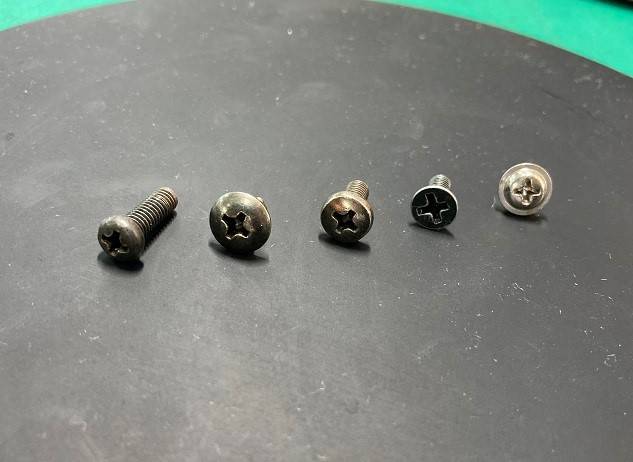
That concludes the introduction of five types of screws. You might even spot some of these in your surroundings. Take a look around! There are many other types of screws, and I’ll introduce more in future blog posts. Until then!
Thank you for reading!






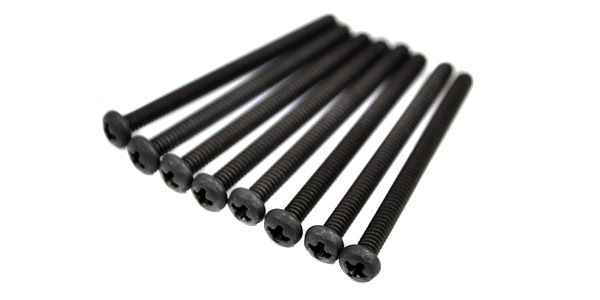
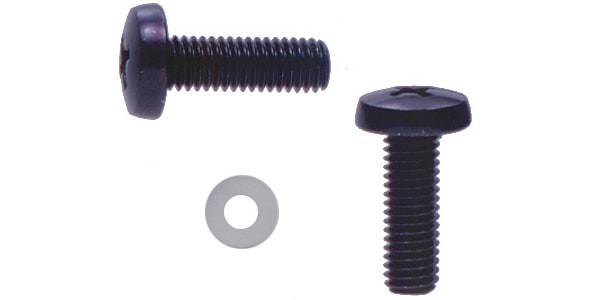
![MONTREUX / Bottom Plate Screws (4) for Boss Pedals [8513]](/images/shop/prod_img/m/montreux_8513.jpg)
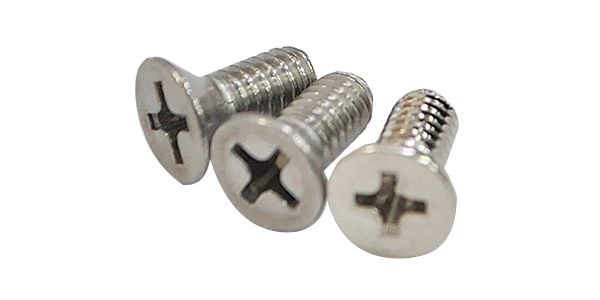
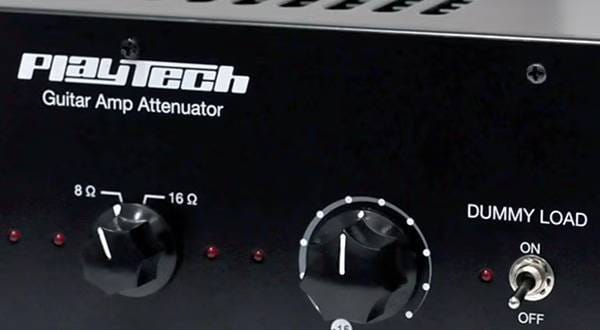


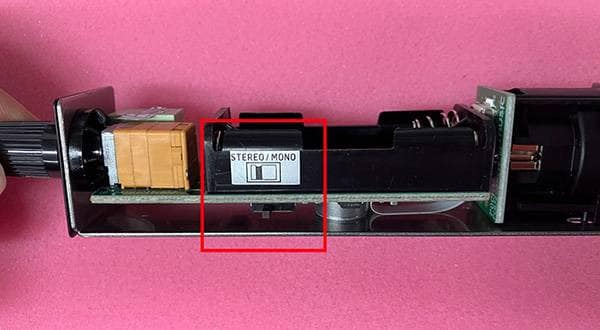
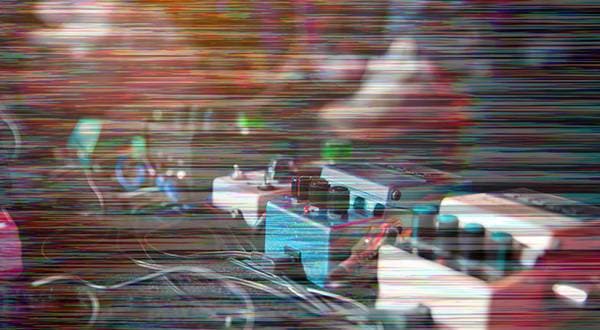
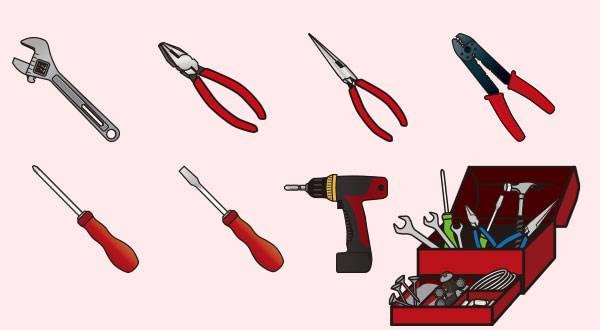
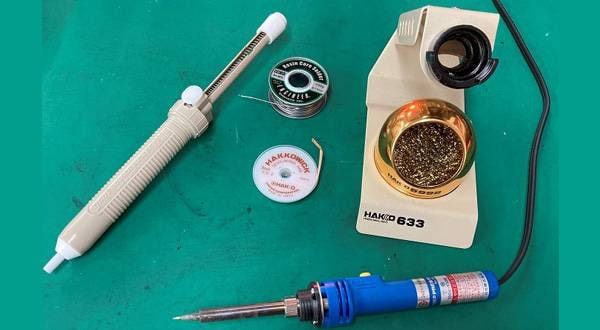
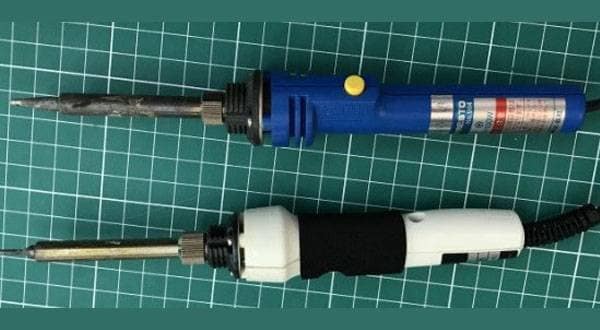
![[Latest for 2022] Simple Guide to Choosing a UPS](/contents/uploads/thumbs/2/2022/1/20220118_2_16206_1.jpg)
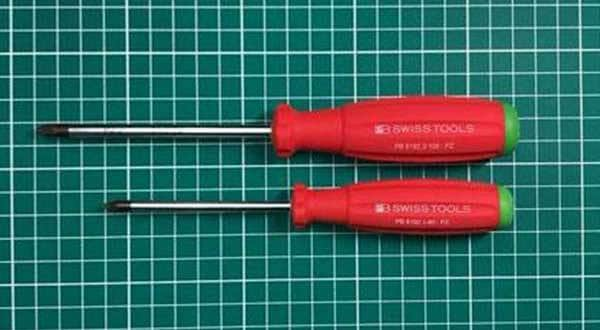

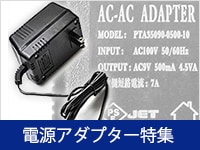 電源アダプター特集
電源アダプター特集
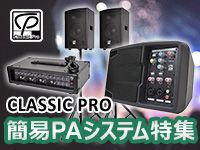 CLASSIC PRO 簡易PAシステム特集
CLASSIC PRO 簡易PAシステム特集
 CLASSIC PRO CLDシリーズ
CLASSIC PRO CLDシリーズ
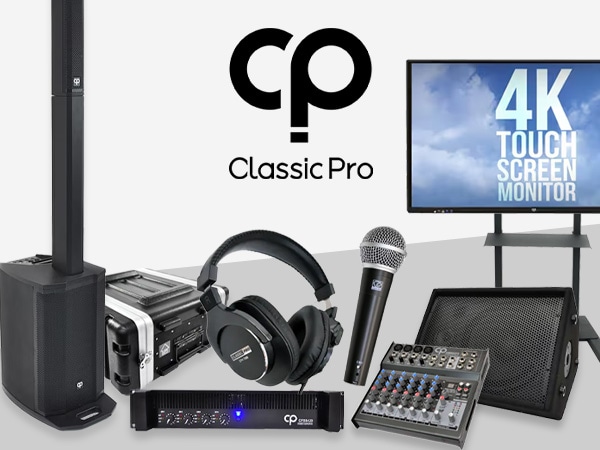 CLASSIC PRO
CLASSIC PRO
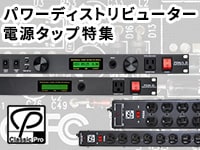 CLASSIC PRO パワーディストリビューター特集
CLASSIC PRO パワーディストリビューター特集
 停電時にパソコン、作曲データを守る!!
停電時にパソコン、作曲データを守る!!















